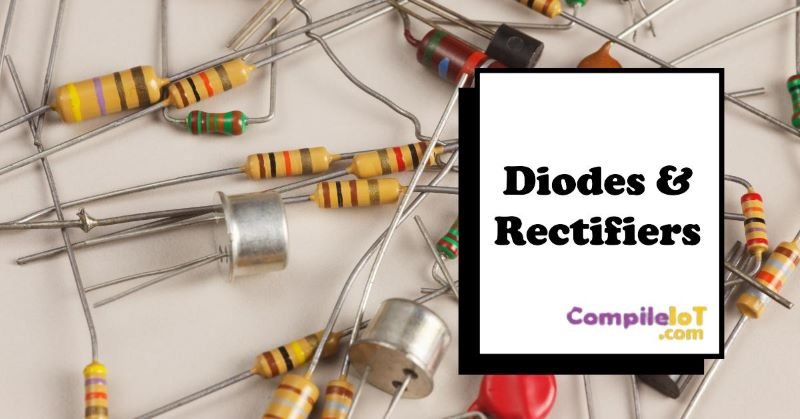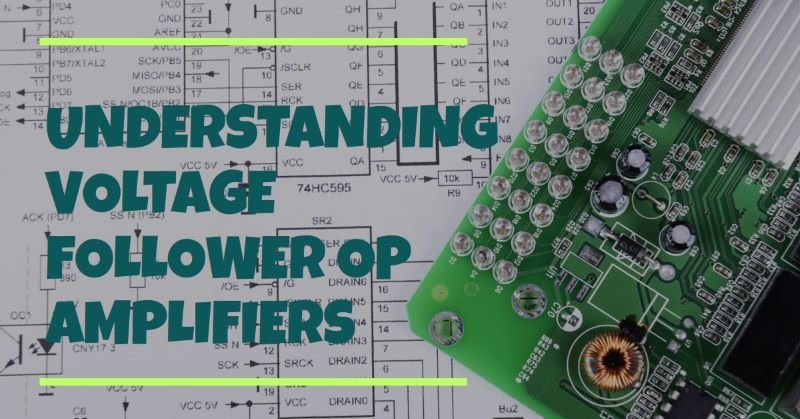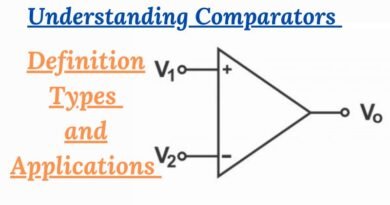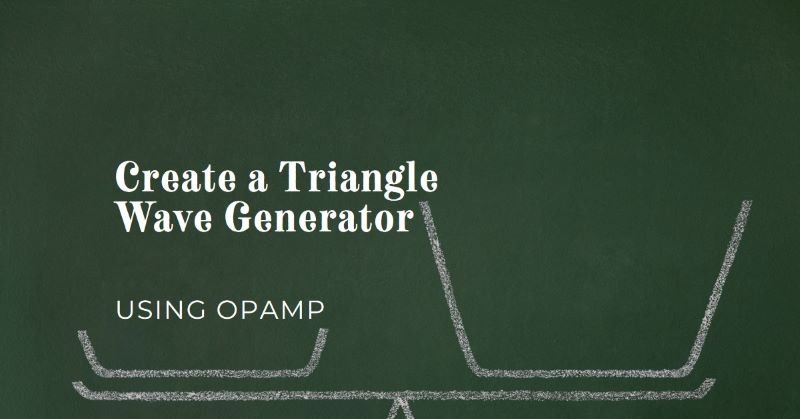Diodes & Rectifiers
Diodes and rectifiers are essential components in electronic circuits. Both play an important role in controlling the flow of electric current and converting alternating current (AC) to direct current (DC). In this blog post, we will explore the basics of diodes and rectifiers, their functions, and their applications.
What is a Diode?
A diode is a two-terminal electronic device that allows current to flow in one direction while blocking it in the opposite direction. It acts as a one-way valve for electric current, ensuring that it flows in a specific direction. This property is known as the diode’s “rectification” function.

Diodes are made of semiconductor materials, most commonly silicon or germanium. These materials have unique electrical properties that enable the diode to control the flow of current. The most basic diode consists of a P-N junction, where the P-side is the positively charged region and the N-side is the negatively charged region.
How Does a Diode Work?
The operation of a diode is based on the principle of the P-N junction. When a diode is forward-biased, meaning the positive voltage is applied to the P-side and the negative voltage to the N-side, it allows current to flow through it easily. This is known as the “forward bias” condition.
On the other hand, when a diode is reverse-biased, meaning the positive voltage is applied to the N-side and the negative voltage to the P-side, it acts as an insulator and prevents the current from flowing. This is known as the “reverse bias” condition.
The forward bias condition allows the diode to conduct electricity, making it useful for rectification, signal modulation, and voltage regulation. The reverse bias condition, on the other hand, ensures that the diode blocks the flow of current, which is crucial for applications such as protection against reverse voltage and transient voltage spikes.
The Diode Equation
The diode equation, also known as the Shockley diode equation, is a mathematical expression that relates the current flowing through a diode (I) to the voltage across it (V). It is given by the following equation:
I = Is * (eV/Vt – 1)
Where:
- I is the diode current
- Is is the saturation current, which represents the current that flows through the diode when it is forward-biased with a large voltage
- V is the voltage across the diode
- Vt is the thermal voltage, which is approximately 26 mV at room temperature
- e is the base of the natural logarithm, approximately equal to 2.71828
The diode equation is derived from the physics of the p-n junction and the behavior of charge carriers in a semiconductor material. It provides a quantitative description of how the diode current varies with the applied voltage.
Understanding the Diode Equation
The diode equation reveals several important characteristics of diodes:
Exponential Relationship
The diode equation shows an exponential relationship between the diode current and the voltage across it. As the voltage increases, the current grows rapidly. This exponential behavior is a result of the exponential increase in the number of charge carriers available for conduction as the voltage across the diode increases.
Saturation Current
The saturation current (Is) in the diode equation represents the current that flows through the diode when it is forward-biased with a large voltage. It is a characteristic parameter of the diode and depends on factors such as the doping concentration and the physical dimensions of the diode. A smaller saturation current indicates a more efficient diode with lower leakage current.
Thermal Voltage
The thermal voltage (Vt) in the diode equation is a fundamental parameter that depends on the temperature. It represents the voltage at which the thermal energy of the charge carriers is equivalent to the electrical potential energy. At room temperature, Vt is approximately 26 mV. The thermal voltage affects the diode behavior by influencing the exponential growth of the current with voltage.
Types of Diodes
There are various types of diodes available, each designed for specific applications. Here are some common types of diodes:
1. Rectifier Diodes
Rectifier diodes are the most basic type of diodes and are primarily used for converting alternating current (AC) to direct current (DC). They allow current to flow in only one direction, rectifying the AC signal.
2. Zener Diodes
Zener diodes are designed to operate in the reverse breakdown region, where a small change in voltage results in a significant change in current. They are commonly used for voltage regulation and protection against voltage spikes.
3. Light-Emitting Diodes (LEDs)
LEDs are diodes that emit light when current passes through them. They are widely used in various applications, including lighting, displays, and indicators.
4. Schottky Diodes
Schottky diodes are known for their low forward voltage drop and fast switching characteristics. They are commonly used in high-frequency applications, such as RF circuits and power supplies.
5. Varactor Diodes
Varactor diodes, also known as voltage-variable capacitors, are used for voltage-controlled oscillators, frequency multipliers, and tuning circuits. Their capacitance varies with the applied voltage, allowing precise control over the circuit’s frequency.
What is a Rectifier?
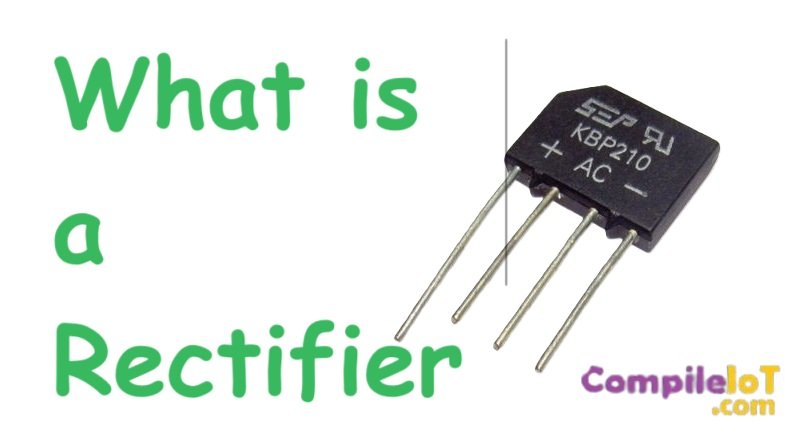
A rectifier is an electrical device that converts AC voltage or current into DC voltage or current. It allows the flow of current in only one direction, effectively “rectifying” the AC signal. This conversion is crucial for powering devices that require a steady and constant DC supply, such as smartphones, computers, and power tools.
Types of Rectifier Circuits
There are several types of rectifier circuits, each with its own advantages and applications. Let’s take a closer look at the most common types:
1. Half-Wave Rectifier
The half-wave rectifier is the simplest form of rectifier circuit. It utilizes a single diode to allow the positive half of the AC waveform to pass through while blocking the negative half. As a result, only half of the input waveform is rectified, leading to a pulsating DC output. While it is the least efficient type of rectifier, it can still be used in low-power applications.
2. Full-Wave Rectifier
The full-wave rectifier overcomes the limitations of the half-wave rectifier by using a bridge rectifier circuit. This circuit consists of four diodes arranged in a bridge configuration, allowing both halves of the AC waveform to be rectified. The output of a full-wave rectifier is a smoother DC waveform compared to the half-wave rectifier, making it more efficient and suitable for higher-power applications.
3. Bridge Rectifier
A bridge rectifier is a type of full-wave rectifier circuit that uses four diodes arranged in a bridge configuration. This configuration allows for efficient rectification of both the positive and negative halves of the AC waveform. The bridge rectifier is widely used in power supplies and electronic devices due to its high efficiency and compact size.
Applications of Diodes and Rectifiers
Diodes and rectifiers find applications in various electronic devices and systems. Here are some common uses:
- Power Supplies: Rectifier diodes are essential components in power supplies, converting AC voltage from the mains to DC voltage for electronic devices. They ensure a steady and regulated power supply.
- Battery Chargers: Battery chargers use rectifier diodes to convert AC voltage to DC for charging batteries. They are commonly found in smartphones, laptops, and other portable electronic devices.
- Voltage Regulation: Zener diodes are used for voltage regulation in electronic circuits. They maintain a constant voltage level, protecting sensitive components from voltage spikes and fluctuations.
- Lighting: LEDs, which are a type of diode, are widely used for lighting applications. They are energy-efficient, long-lasting, and available in various colors, making them ideal for indoor and outdoor lighting.
- Signal Detection: Diodes are used in signal detection circuits, such as radio receivers and demodulators. They allow the detection and extraction of specific signals from a complex waveform.
Conclusion
Diodes and rectifiers are fundamental components in the world of electronics. They enable the control and conversion of electric current, making them essential for a wide range of applications. Understanding the different types of diodes and rectifiers, as well as their functions and applications, is crucial for anyone working with electronic circuits.
